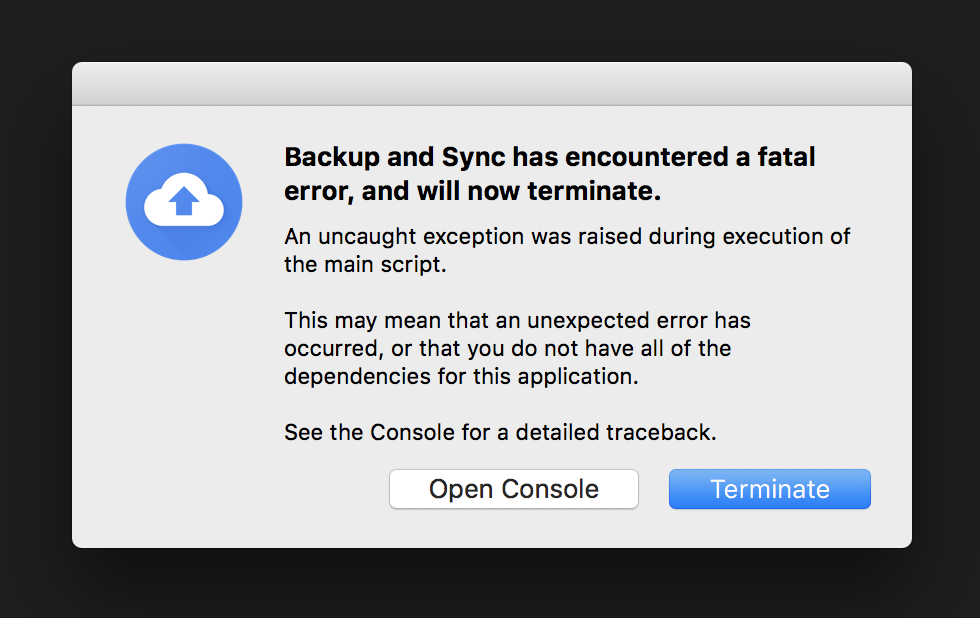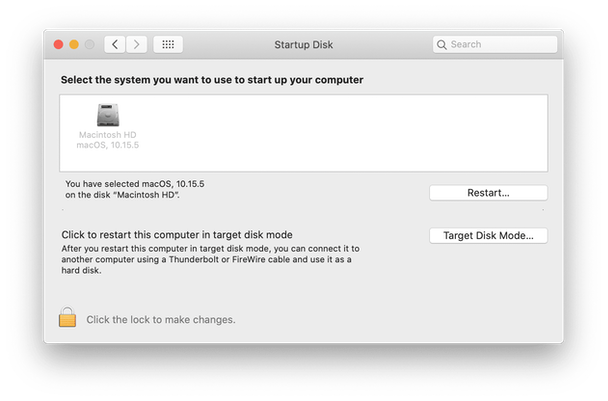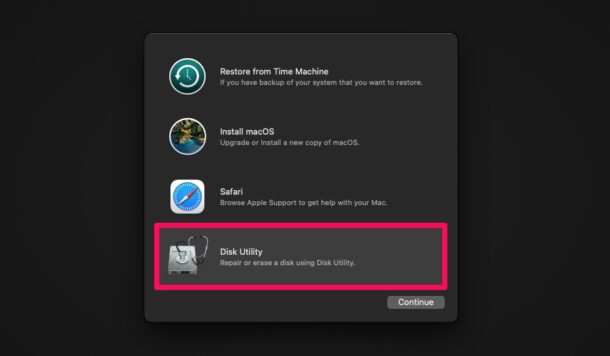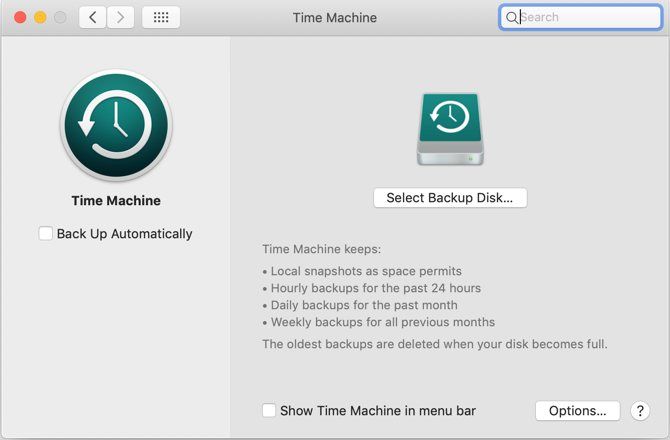
- #SHOULD I DOWNGRADE MAC OS HOW TO#
- #SHOULD I DOWNGRADE MAC OS INSTALL#
- #SHOULD I DOWNGRADE MAC OS UPDATE#
- #SHOULD I DOWNGRADE MAC OS DOWNLOAD#
Select your Time Machine backup and click on Continue.In the macOS Utilities window, select Restore from a Time Machine backup and click the Continue button.
 Keep holding these two keys until you see the Apple logo or other image. Start your Mac and immediately hold down Command-R to start up from the built-in macOS Recovery system.
Keep holding these two keys until you see the Apple logo or other image. Start your Mac and immediately hold down Command-R to start up from the built-in macOS Recovery system. #SHOULD I DOWNGRADE MAC OS HOW TO#
How to Downgrade macOS Using Time Machine BackupĪnother way to downgrade your macOS is to use Time Machine Backup, but only if you have already backed up your previous macOS with Time Machine.
Your Mac will restart after the installation is complete. Select your startup disk and click Install. Click Continue and follow the instructions on the screen. On the macOS Utilities screen, select the Reinstall macOS option. Hold down the Shift- Option-Command-R until you see the macOS Utilities. You just need to make sure your Mac is connected to the network. If you are running High Sierra or a later version of macOS and want to downgrade it to the version that shipped with your Mac when you purchased it, you can quickly do it through Mac's built-in macOS Recovery feature. How to Downgrade to the macOS That Came with Your Mac If you have backed up the things that are important to you, you can restore them quickly after reinstalling macOS. When you reinstall a macOS, all the data on your Mac will be wiped out. Back up Your Macįirst things first, you should back up your Mac. In this article, we'll show you how to downgrade macOS Monterey to an earlier Big Sur, Catalina, Mojave, High Sierra, or Sierra in 3 ways. Installing a new version of macOS is easy, but downgrading is more complicated. Common reasons include incompatible software, too many bugs, and your Mac running slow. #SHOULD I DOWNGRADE MAC OS UPDATE#
Running a version of macOS on an external drive is a great solution if you wish to continue to run the version of macOS currently installed on your Mac.It's tempting to update to a new macOS. How to run an older macOS on an external drive Follow the instructions to reinstall macOS using the installer you just saved to the external drive (link to separate article above).
Now click on Reinstall macOS or Reinstall macOS and Continue. Quit Disk Utility (Disk Utility > Quit Disk Utility). Select the main volume and click Unmount then Erase. 
To start this process, restart the Mac in Recovery Mode by holding down Command and the R key during restart. Next you need to completely erase everything from your Mac, restoring it to factory settings.Use this installation file to create a bootable installer on an external storage device.
#SHOULD I DOWNGRADE MAC OS DOWNLOAD#
Download the installer of the version of macOS that you require from the Mac App Store. You will be wiping your Mac and installing the version of macOS you require on a clean slate. This is a process known as a clean install, which we look at in more detail here: #SHOULD I DOWNGRADE MAC OS INSTALL#
Note: This will wipe your Mac so make a copy of anything you want to keep! How to install an old macOS using bootable installer Your Mac will restart once the installation is complete.Click Continue and follow the on-screen instructions.Once you see the macOS Utilities screen choose the Reinstall macOS option.(It didn’t actually work for us when we tried, perhaps because our internet connection wasn’t good enough, but it should work in theory!) While we are talking about Recovery, you might like to try the following method of downgrading your Mac to the version of macOS it shipped with. How to downgrade to the OS that shipped on your Mac

How to restore your Mac from a Time Machine backup. Remember that if you recover from an old backup you will lose the data you have added since updating to the version of macOS you wish to uninstall.
 Choose a Time Machine backup from before you installed the version of macOS you wish to revert from and click on Continue. When you see the Utilities window choose Restore from Time Machine Backup and click on Continue. Continue holding both keys until you see the Apple logo or a spinning globe. Start up your Mac and immediately hold down. Here are the steps you need to take to recover an older macOS from a Time Machine backup:
Choose a Time Machine backup from before you installed the version of macOS you wish to revert from and click on Continue. When you see the Utilities window choose Restore from Time Machine Backup and click on Continue. Continue holding both keys until you see the Apple logo or a spinning globe. Start up your Mac and immediately hold down. Here are the steps you need to take to recover an older macOS from a Time Machine backup:








 0 kommentar(er)
0 kommentar(er)
